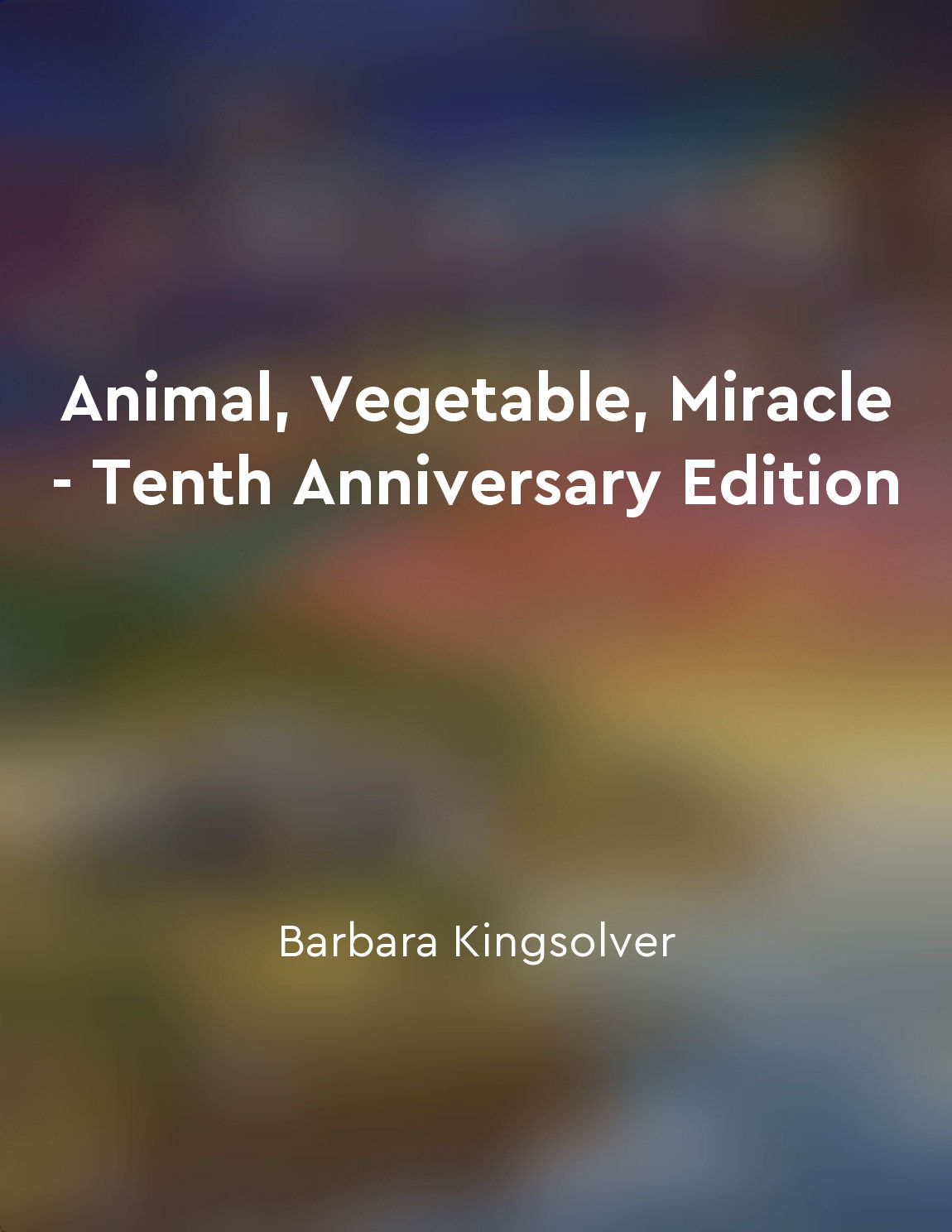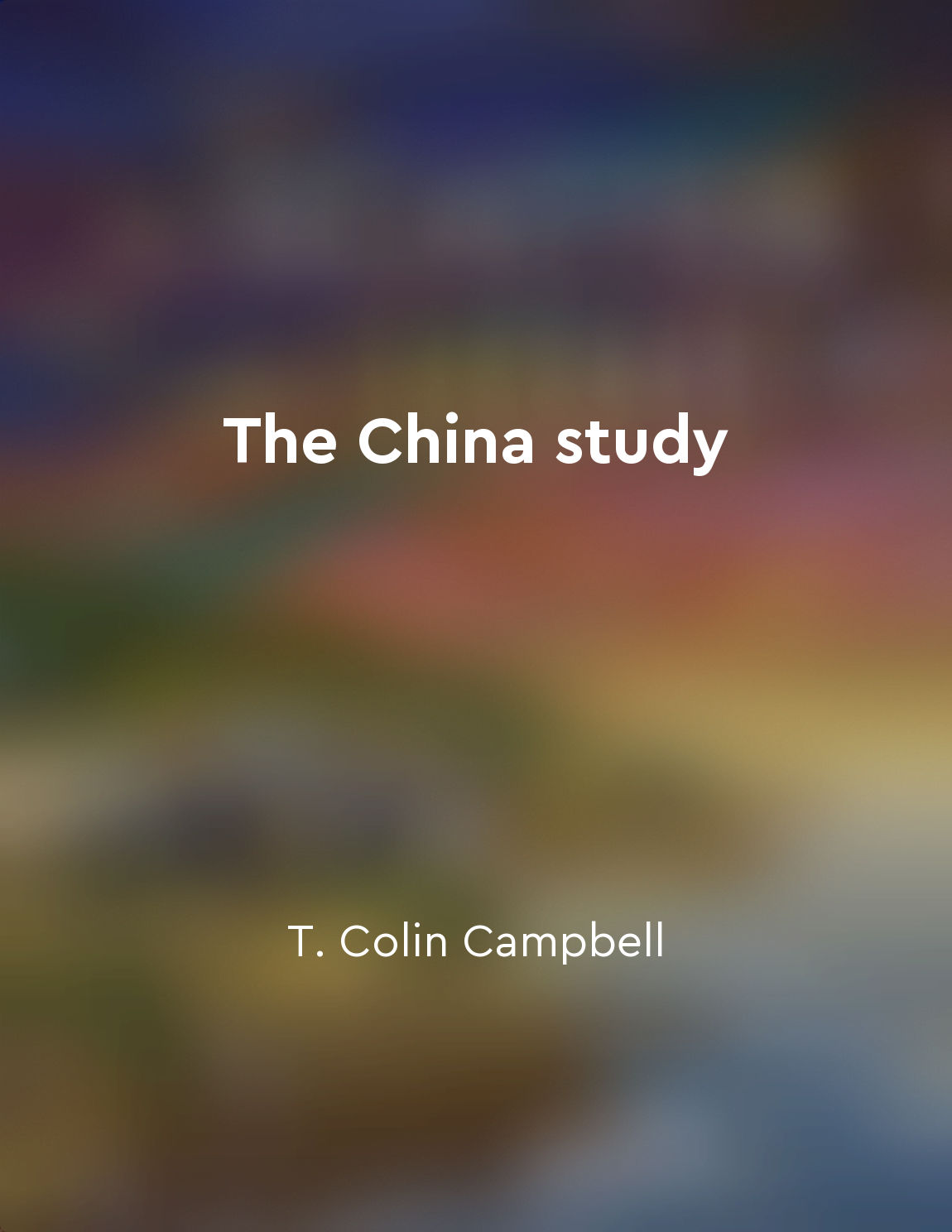Integrating agriculture into urban planning creates more livable cities from "summary" of Breaking Through Concrete by David Hanson,Edwin Marty
Integrating agriculture into urban planning is a powerful way to transform cities into more vibrant, sustainable, and resilient places. By strategically incorporating food production into the fabric of urban landscapes, we can create a more symbiotic relationship between people and the environment. This approach not only enhances the beauty of our cities but also improves the health and well-being of their residents. One of the key benefits of integrating agriculture into urban planning is the ability to provide fresh, locally grown food to city dwellers. By growing fruits, vegetables, and herbs within the city limits, we can reduce the distance that food needs to travel from farm to table. This not only cuts down on carbon emissions but also ensures that residents have access to nutritious, flavorful produce. In addition to improving access to fresh food, urban agriculture can also help to strengthen communities and foster a sense of connection among residents. When people come together to grow food, whether in community gardens, rooftop farms, or urban orchards, they build relationships, share knowledge, and create shared spaces that enhance the social fabric of the city. Furthermore, integrating agriculture into urban planning can have positive environmental impacts. Green spaces and productive landscapes help to absorb carbon dioxide, mitigate urban heat islands, and reduce stormwater runoff. By incorporating edible plants into these spaces, we can create multifunctional landscapes that not only provide ecological benefits but also support local food systems.- Integrating agriculture into urban planning is a holistic approach that recognizes the interconnectedness of food, community, and the environment. By bringing agriculture into the heart of our cities, we can create more livable, sustainable, and resilient urban environments that benefit both people and the planet.
Similar Posts

Food is political
When we sit down to eat, we are making a choice. We are choosing what to put into our bodies, what to support with our dollars,...
Resource availability drives societal development
Resource availability is a fundamental driver of societal development. The abundance or scarcity of resources shapes the trajec...
Nightshade vegetables can be problematic for some people
Nightshade vegetables, such as tomatoes, bell peppers, and eggplants, have long been considered a staple in many diets. However...
The value of consuming dairy products
Consuming dairy products is essential for our overall health and well-being. These products are rich in nutrients that are vita...
Don't fear fats, embrace the good ones
Fats have long been demonized in our culture, portrayed as the enemy when it comes to our health. However, not all fats are cre...
Nature has a calming effect on the brain
The natural world has a profound impact on our mental well-being. Research has shown that spending time in nature can reduce st...

Political implications
The political implications of globalization are vast and far-reaching. Globalization has transformed the political landscape by...
Crop monocultures deplete soil nutrients and harm biodiversity
The problem of monoculture is that it represents an extreme form of simplification. When you plant a single crop over a large a...

The benefits of consuming whole grains and legumes
Whole grains and legumes are essential components of a healthy diet. They offer a wide range of health benefits that can contri...
The act of reciprocity is fundamental to sustainable living
The idea that sustainable living is rooted in reciprocity is a foundational concept that runs like a thread through the fabric ...

